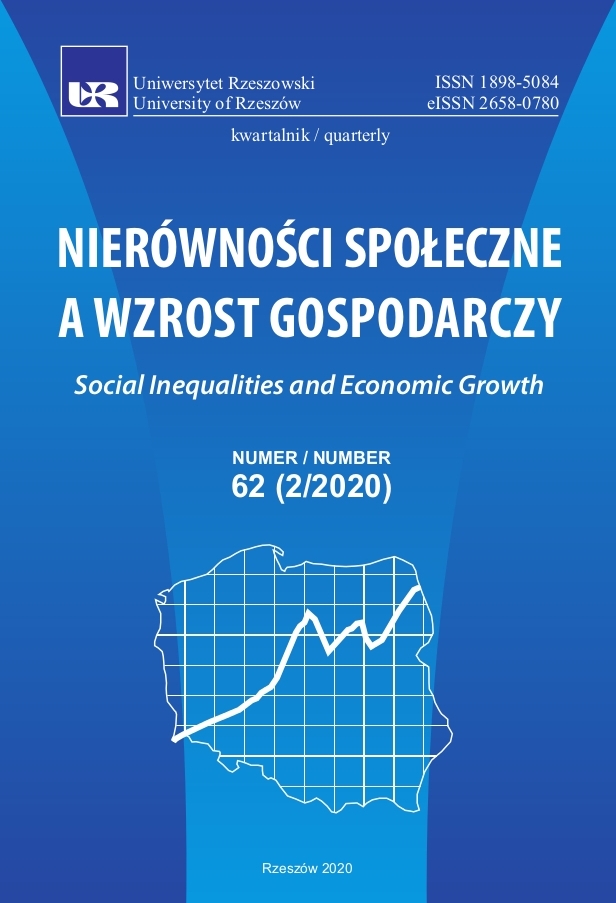The relationship between socio-economic development and labour market flexibility in EU countries
The relationship between socio-economic development and labour market flexibility in EU countries
Author(s): Anna Galik, Monika BąkSubject(s): Economy
Published by: Wydawnictwo Uniwersytetu Rzeszowskiego
Keywords: labour market flexibility; unemployment; socio-economic development; Human Development Index (HDI); Labour Freedom Index (LFI)
Summary/Abstract: Labour market flexibility refers to legal conditions that facilitate adjustment on labour marketsand allow using diverse forms of labour organization, employment and work time. Good labour marketflexibility can contribute to the creation of new jobs and to the improvement of social and economiccondition of the country. This paper, drawing on many existing international studies, rankings andstatistics, seeks to compare the level of socio-economic development of the EU-28 countries withthe level of labour market flexibility based on selected indicators such as: Global CompetitivenessIndex – Flexibility (GCI) by the World Economic Forum, Employment Protection Legislation Index(EPL) by OECD, Labour Freedom Index (LFI) by the Heritage Foundation and Composite Indicator ofEmployment Protection Legislation (EPLex) by the International Labour Organisation (ILO).The results of rankings for indicators in the area of labour market flexibility are compared withthe Human Development Index (HDI) by the United Nations Development Programme (UNDP) inorder to estimate the convergence between the high flexibility of labour market and the high qualityof life in the EU-28. Our results show that there is no simple convergence common for all countries.High level of HDI goes hand in hand with high flexibility only in the case of Ireland, UK and Denmark.Germany and Sweden, as representatives of welfare state models, have different characteristics. Witha high level of HDI, the elasticity ratios are at a low level. For other Western European countries (theso-called old EU member states), positions in HDI rankings are high although labour markets donot show a high degree of flexibility. Exactly the opposite dependence occurs in the so-called newmember states (except Slovenia and Croatia), where relatively high flexibility of labour markets isvisible, with relatively low positions in terms of the level of social and economic development. Theresearch on relation between variables (HDI 2017, GCI 2017–2018, LFI 2018) based on the Pearsonlinear correlation coefficient and the Spearman rank coefficient proved there is no significant empiricalevidence for the relation between socio-economic development and labour market flexibility
Journal: Nierówności Społeczne a Wzrost Gospodarczy
- Issue Year: 2020
- Issue No: 62
- Page Range: 89-107
- Page Count: 19
- Language: English

